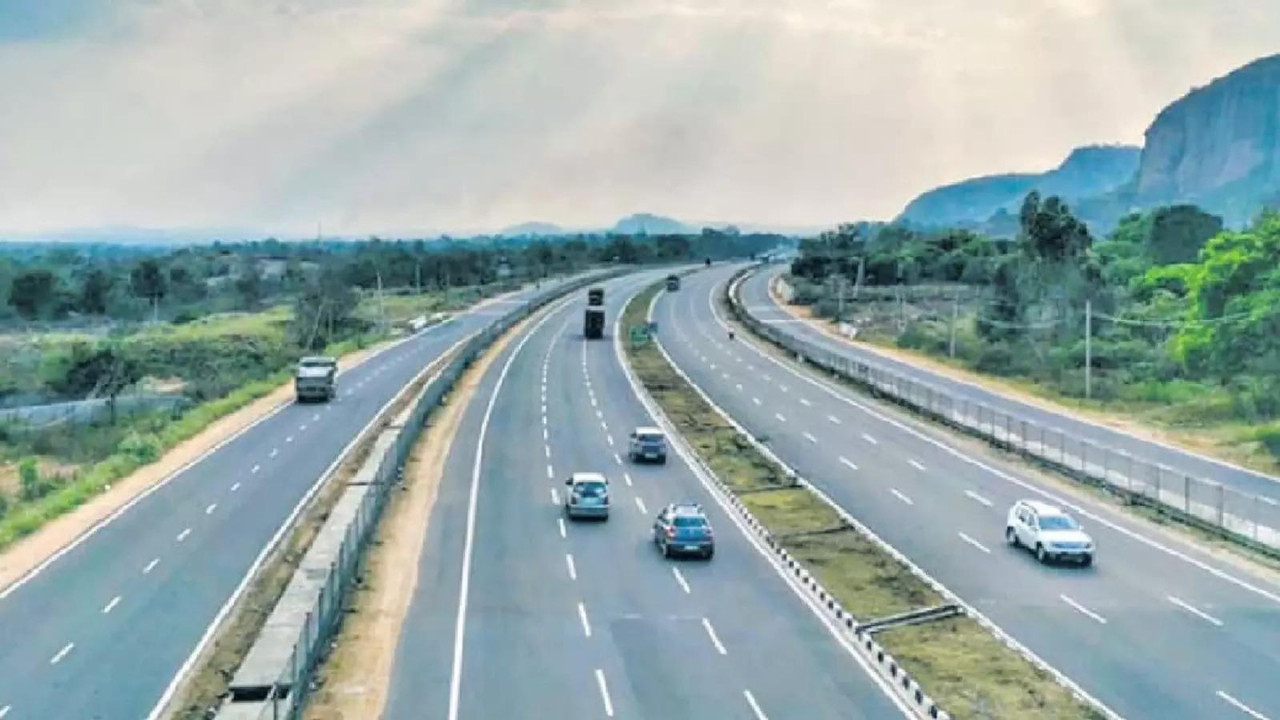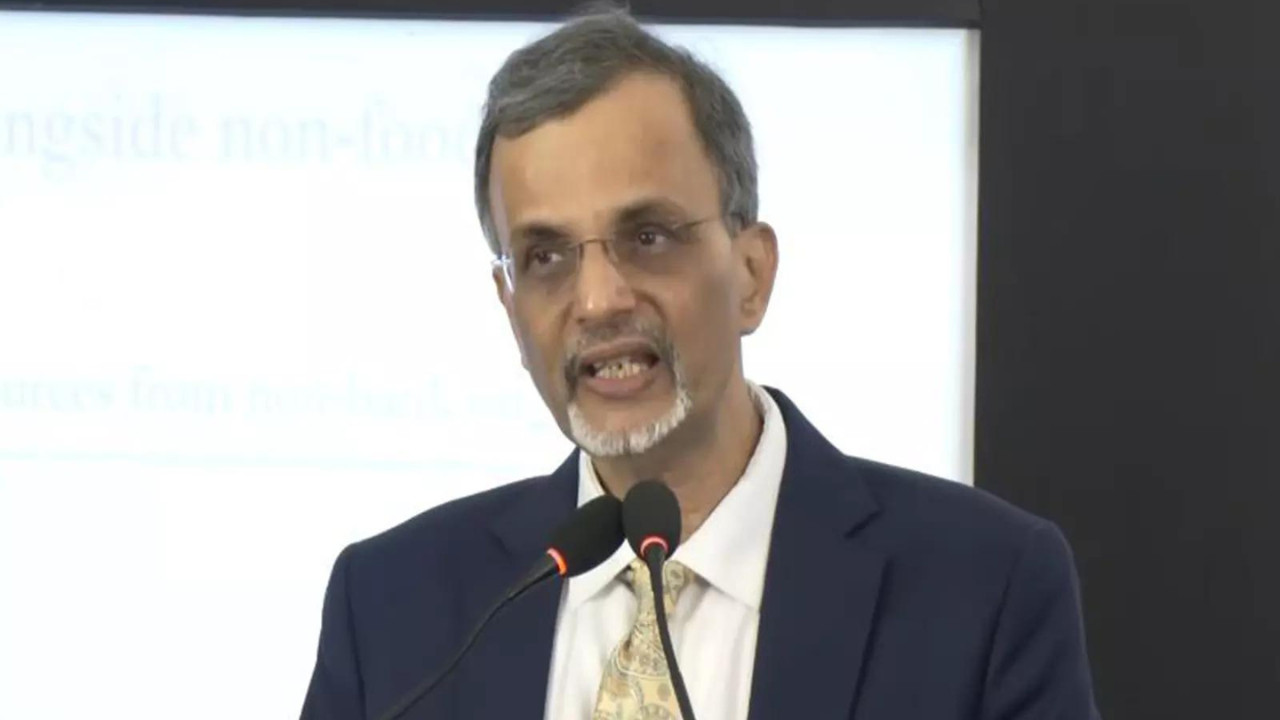India is aggressively clearing a significant backlog of delayed national highway projects, aiming to resolve 60% of stalled projects by March. This initiative seeks to curb cost overruns and boost construction momentum, with authorities accelerating clearances and fund releases. The move is expected to improve developer cash flows and increase daily construction rates, vital for meeting ambitious targets.
India Hits the Accelerator: Clearing the Road for Faster Highway Development
For years, India’s ambitious highway construction plans have faced a frustrating roadblock: a logjam of stalled projects. These delays, often caused by land acquisition issues, regulatory hurdles, and contractual disputes, have not only hampered infrastructure development but also impacted economic growth and connectivity. However, the story is changing. A renewed push from the Indian government is rapidly clearing the path, paving the way for a smoother, faster, and more efficient highway network.
The government’s goal is ambitious, but achievable: a 60% reduction in pending highway projects. This isn’t just about ticking boxes; it’s about unlocking the potential of a connected India. The strategy involves a multi-pronged approach, tackling the root causes of project delays head-on.
Unclogging the Arteries: How India is Speeding Up Highway Development
So, what exactly is being done to unclog these infrastructural arteries? The key lies in proactive problem-solving and streamlined processes.
* Prioritizing Resolution: The government is actively identifying and prioritizing stalled projects, focusing on resolving the bottlenecks that are holding them back. This involves high-level intervention and collaboration between various government departments and private stakeholders.
* Land Acquisition Made Easier: Land acquisition has long been a major hurdle. The government is working to expedite the process by engaging with local communities, offering fair compensation packages, and employing technology to map and acquire land more efficiently. This approach seeks to minimize disputes and ensure smoother transitions.
* Contractual Dispute Resolution: Contractual disputes are often a significant source of delay. The government is promoting alternative dispute resolution mechanisms, such as arbitration and conciliation, to resolve disagreements quickly and fairly. This avoids lengthy court battles and keeps projects moving forward.
* Financial Support and Incentives: Recognizing the financial challenges faced by developers, the government is providing financial support and incentives to revive stalled projects. This includes offering restructuring options, providing bridge financing, and easing regulatory burdens.

Beyond Construction: The Broader Impact of Improved Infrastructure
The impact of clearing the backlog of stalled highway projects extends far beyond simply laying asphalt. A well-developed highway network is crucial for India’s economic growth and social development.
* Boosting Economic Activity: Improved connectivity facilitates the movement of goods and people, boosting trade and commerce. It also creates new opportunities for businesses and employment generation, particularly in rural areas.
* Enhancing Social Development: Better roads improve access to essential services such as healthcare, education, and markets, particularly for marginalized communities in remote areas. This contributes to social inclusion and reduces regional disparities.
* Attracting Investment: A robust infrastructure network attracts both domestic and foreign investment, creating a virtuous cycle of economic growth and development. Investors are more likely to invest in regions with well-developed infrastructure.
Navigating the Remaining Bumps in the Road for Highway Development
While significant progress has been made, challenges remain. Land acquisition, while improved, still requires careful negotiation and community engagement. Environmental clearances can be time-consuming, requiring a balance between development and sustainability. Continued vigilance and proactive problem-solving are essential to ensure the momentum is maintained.
For related content, you might be interested in reading about the Bharatmala Pariyojana program and its impact on the Indian economy.
A Connected Future: Paving the Way for Progress
The concerted effort to clear the backlog of stalled highway projects is a significant step forward for India’s infrastructure development. By addressing the root causes of delays and implementing proactive solutions, the government is not only unlocking the potential of stalled projects but also paving the way for a more connected, prosperous, and equitable future. The ongoing commitment to streamlined processes and collaborative problem-solving will be crucial to ensure that India’s highway network continues to expand and improve, driving economic growth and enhancing the lives of its citizens.







